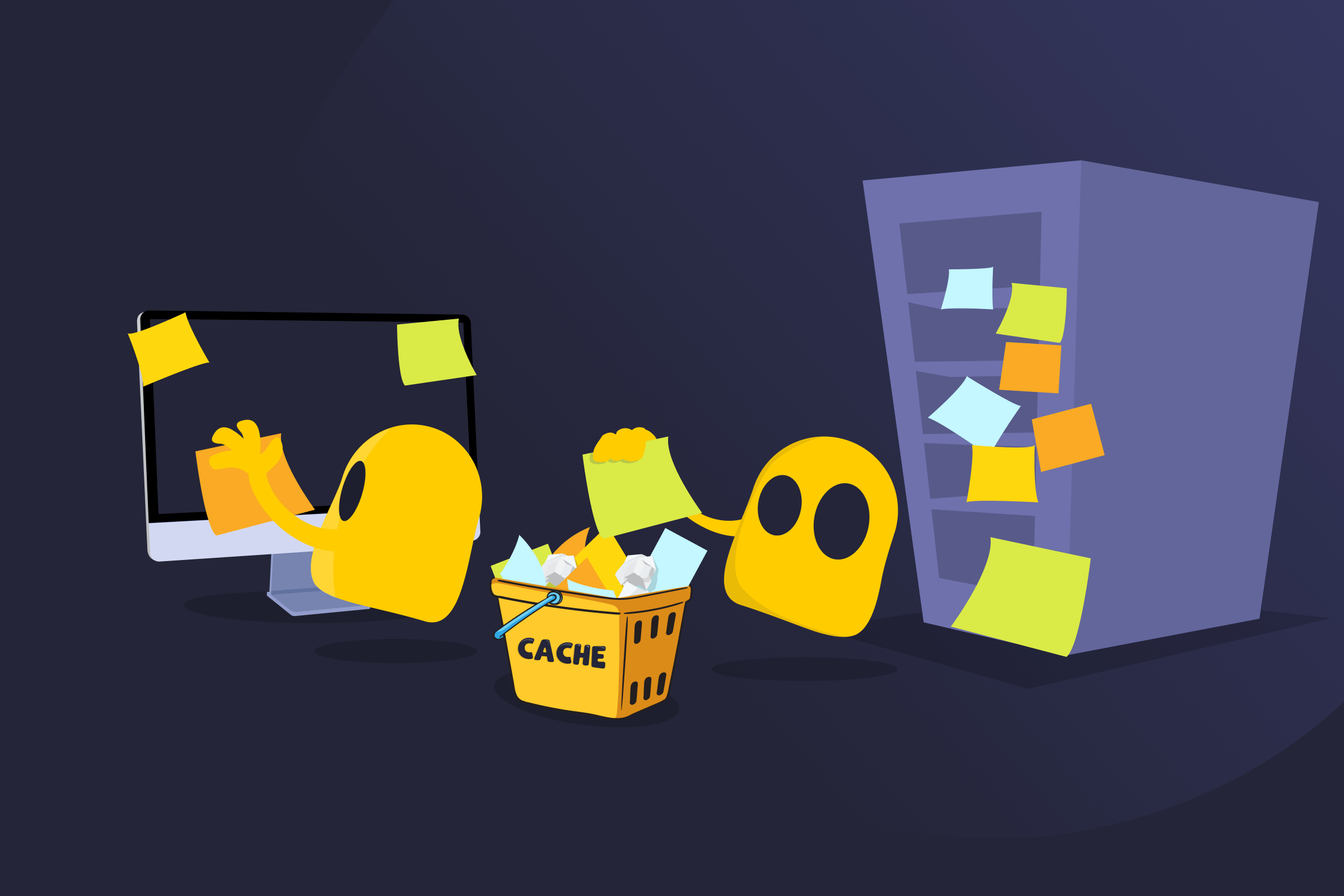Caching Server

Caching Server Definition
A caching server is a network server dedicated to storing copies of previously requested data, such as web pages or DNS results. It saves web content or files locally so it can deliver them faster the next time a device requests them. This helps websites, apps, and networks respond quickly to repeat requests, reduces bandwidth use, and improves overall network performance.
How Caching Servers Work
When data is requested for the first time, the caching server retrieves it from the original server and saves a temporary copy. This is the first time the data is stored in the cache. The next time someone asks for the same data, the caching server checks its stored copies. If the data is still there and up to date, it sends it right away; this is called a cache hit.
If the cached data is missing or has expired, the caching server requests a new version from the main server. This is a cache miss. After sending the new data to the user, the caching server updates its stored copy. Cached data stays stored only for a limited time, known as time to live (TTL).
Common Types of Caching Servers
- Web caching server: Stores website content like pages, images, and scripts so they load faster, and the main web server handles fewer requests.
- DNS caching server: Saves DNS server lookup results so domain names connect to IP addresses more quickly the next time you visit a site.
- Content delivery networks (CDN) caching server: Works as part of a global content delivery network, storing copies of data on servers around the world to deliver content from the closest location.
Read More
FAQ
A caching server stores temporary copies of data, such as web pages or DNS records, to make future requests faster. It delivers saved information instead of retrieving it again from the main server. This reduces bandwidth use, lowers network strain, and improves speed for websites, apps, and online services overall.
The main types of caching servers are web caching servers, DNS caching servers, and CDN caching servers. Web caching servers store website content. DNS caching servers save recent domain lookups. CDN caching servers keep popular files on servers around the world to deliver content faster. Other systems, like databases and macOS, also use caching but aren’t separate caching servers.
The 80/20 rule for caching is the idea that a small portion of data (usually around 20%) accounts for most requests (roughly 80%). Caching servers store this frequently requested data so systems can deliver it faster and reduce repeated work.

 45-Day Money-Back Guarantee
45-Day Money-Back Guarantee